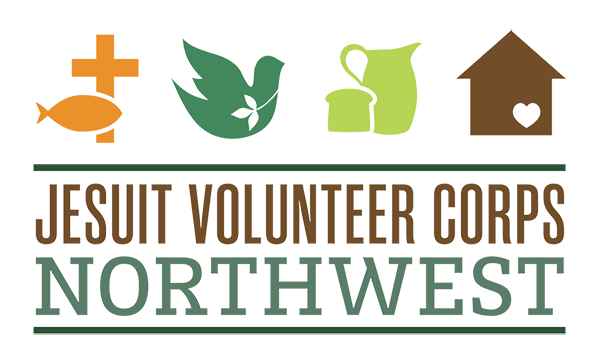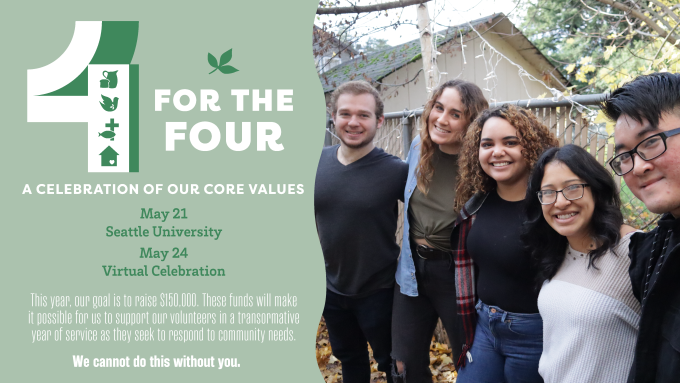JV AmeriCorps member Sarah Komisar serves at the Sitka Conservation Society in Sitka, Alaska. Below Komisar shares her experience teaching Sitka’s youth how to live with the land and build community through the processing of deer.

Living with the land and building community can be done in many ways. As a JV AmeriCorps member at The Sitka Conservation Society (SCS), my placement included working with the Alaska Way of Life 4-H program. During January of 2015, SCS and Sitka Native Education Program (SNEP) partnered to teach Sitka’s youth how to process one of Sitka’s local bounties: deer. The children from the 4-H program and SNEP Culture Class learned from Chuck Miller, SNEP Youth Program Coordinator, more than just how to butcher a deer as he removed the hide from the animal.
Miller shared with students the customary traditional practices of deer processing. Right away, Miller said, “It is important to not waste, and it is disrespectful to the animal to say ‘eww’ or ‘that’s gross’ because that animal gave up its life for you, so you can live.”

The children were certainly not squeamish. No ‘ew’s resounded from the audience of eager and fascinated onlookers. The first thing he pointed out was that the head of the deer was missing. Chuck explained that the brain of the deer could be mixed with urine and used to tan the hides long ago. The children learned that the hoofs could be boiled down and used for rattling sticks to dance with. The hide was removed carefully, and the kids discovered that it could be used for clothing or drums. The children eagerly peered over each other to get a look at the deer’s heart, liver, and stomach. Chuck explained that the tendons are so strong that they have been used for battle armor, dream catchers, and to latch many other things together.
The class also discussed the Alaska Department of Fish and Game regulations and the importance of limitations on does for protecting fawns to conserve the population.
Miller shared with students how to respect the animal by properly processing the meat, as well as by not wasting parts of the deer. He then explained how respecting the animal transfers to respect for the community: the first deer of the year you get should never be kept to yourself.
“You give it away to somebody who is a widow, an elder, or both. You want to make sure you take care of people in the community who cannot hunt for themselves and our elders.” One of the boys in the group whispered to his friend, “I’ll give it to my grandma.”

The class was able to see the deer processing steps all the way from removing the hide to wrapping the meat in freezer paper. The kids shared stories of their own deer hunting experiences and favorite recipes as they packaged the meat. Students were enthralled and walked away with both a practical understanding of the deer butchering process as well as a stronger respect for this treasured resource.
The Sitka Conservation Society looks forward to partnering with the Sitka Native Education Program in the future to teach Sitka’s youth how to live with the land and build community.

